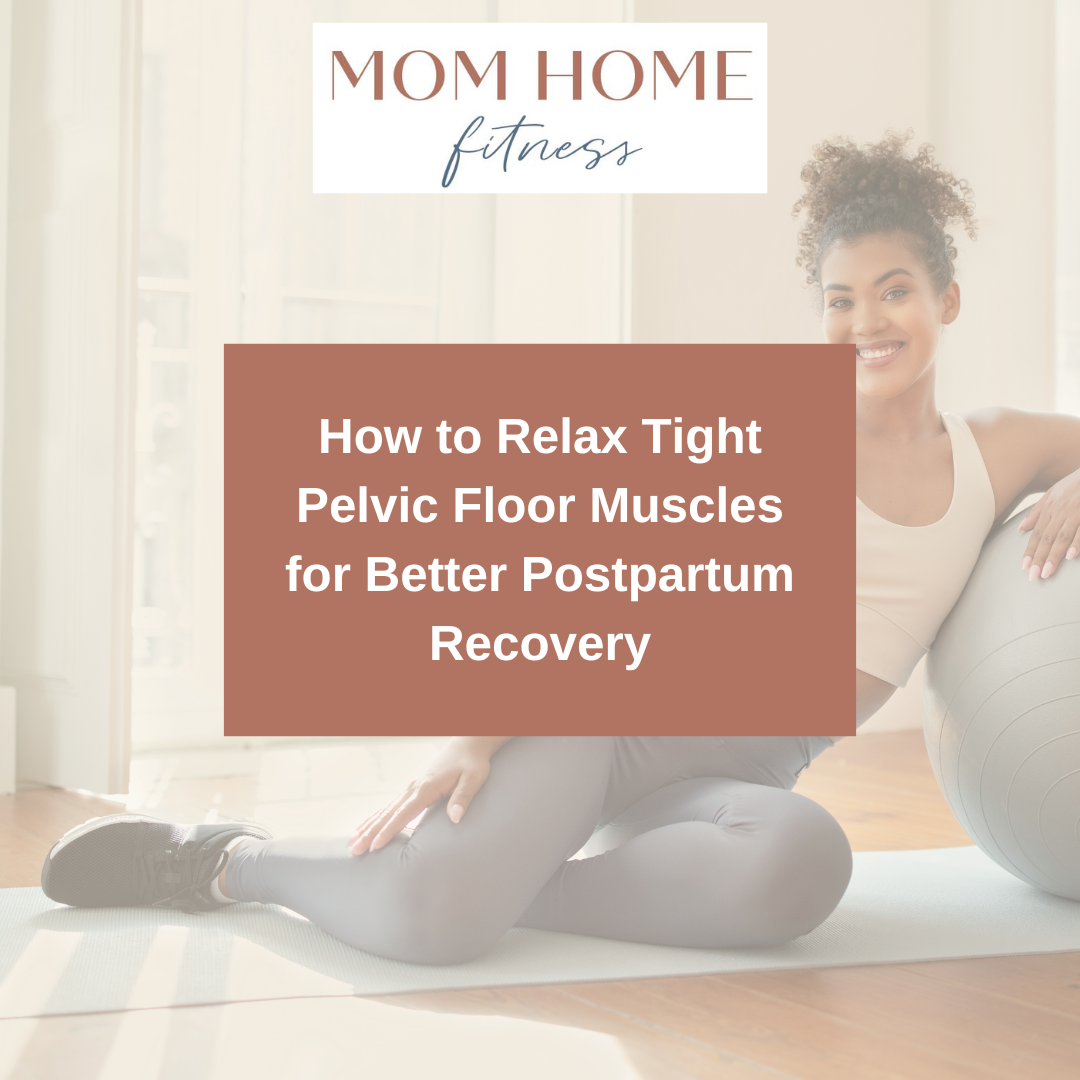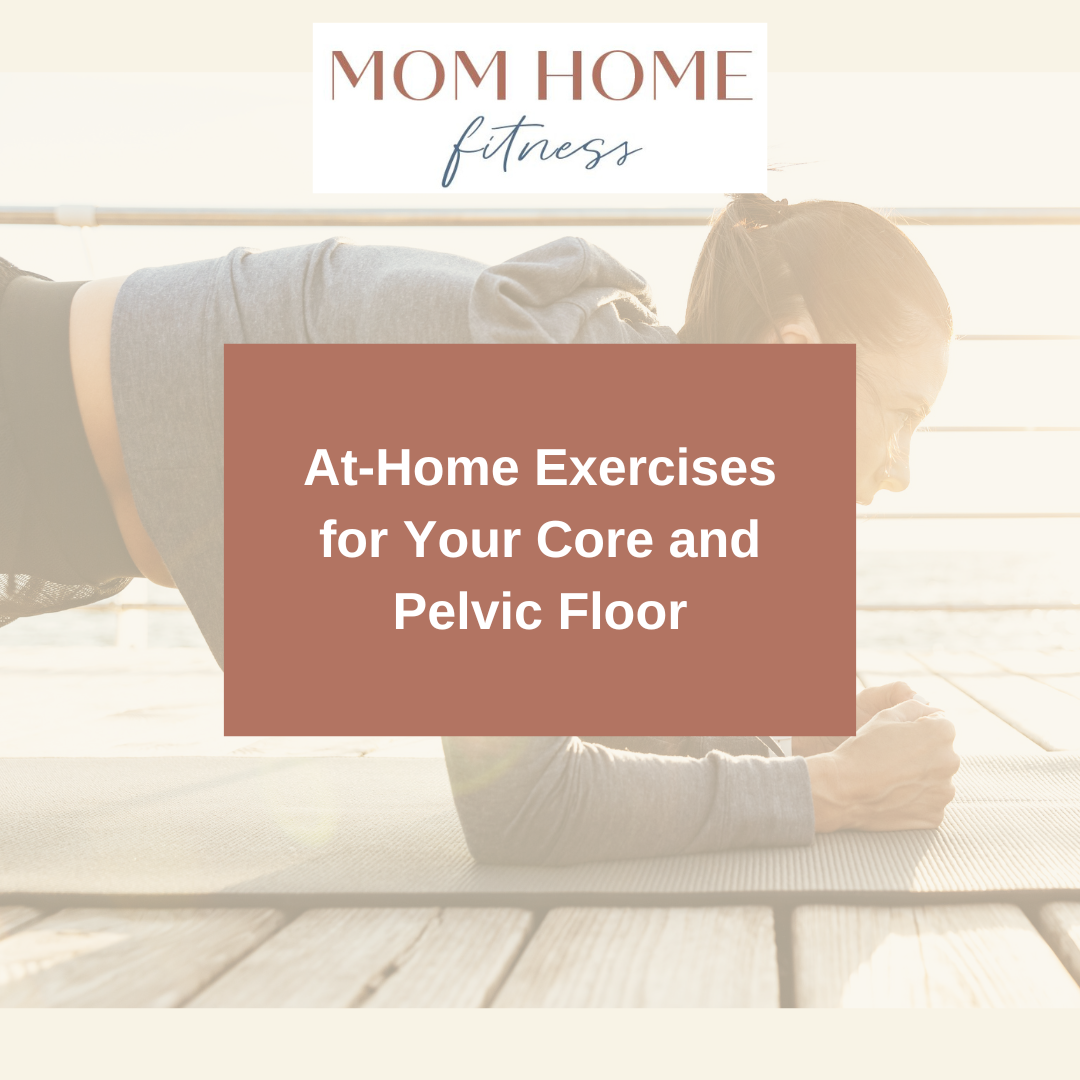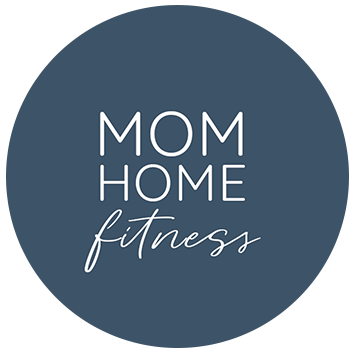

How to Relax Tight Pelvic Floor Muscles for Better Postpartum Recovery
When you relax a weak pelvic floor, you gain awareness of the muscles, making it easier to activate them during strengthening exercises. If your pelvic floor is overly tight, relaxation allows you to lengthen and release tension, so you can strengthen properly without over-tightening.

Breaking the Stress Cycle: A Step-by-Step Guide
Ever feel like stress has taken over your body? That tight jaw, shallow breathing, or nagging pelvic tension might not just be in your head. Stress and your body are deeply connected—but here’s the twist: could your posture and breathing be making your stress worse? Or is stress messing with your posture and breath? It’s a classic chicken-and-egg scenario, and today, we’re diving into the anatomy of stress to find out.

At-Home Exercises for Your Core and Pelvic Floor
In this blog, we'll discuss how breathing and posture are critical to postpartum recovery and outline five essential exercises that support healing and strengthen your core and pelvic floor.

Top 5 Postpartum Exercises to Strengthen Your Pelvic Floor
Proper alignment of the pelvis and rib cage is so important for effective postpartum recovery and core/pelvic floor strengthening. This exercise improves pelvic floor function, supports proper posture and breathing, and is vital to be able to perform while doing any core exercises.

The Domino Effect: How Stress Impacts Your Jaw, Pelvic Floor, Breath, and Whole Health
Understanding the ripple effect of stress on our jaw, pelvic floor, breath, and whole health is the first step towards proactive self-care. By incorporating stress management techniques into our daily lives, we can break the cycle of tension and create a foundation for holistic health.

Understanding Tight Hip Flexors: A Guide to Relief
The adjustments of good posture are vital in reducing the strain on the hip flexors, encouraging proper breathing patterns, relieving incontinence, healing prolapse, and helping to close or strengthen a diastasis recti.

Getting to the Core of Postpartum Fitness: Regain Bladder Control at Home
By paying attention to your posture, practicing proper breathing techniques, engaging in pelvic floor muscle training, and making positive habit changes, you can regain control of your bladder and improve your pelvic floor health.

Finding Calm Amidst the Holiday Chaos
Whole-body breathing offers a holistic approach to mindfulness and relaxation, allowing you to focus on your breath as a complete, full-body experience. This practice can help you find a sense of calm, even in the midst of holiday chaos.

Hypermobility and Pelvic Floor Health: A Simple Treatment Plan
In this blog post, we'll explore the connection between hypermobility and pelvic floor health, and present a straightforward treatment plan to help aid in the healing process.

Dynamic Neuromuscular Stabilization (DNS) and Postpartum Recovery
Postpartum recovery is a unique period that comes with a wide range of physical changes. DNS can be an effective tool in helping women journey through this phase, promoting recovery, and regaining their strength and functional movement.

Understanding Symphysis Pubis Dysfunction: Causes and Treatment
In this blog post, we'll delve into the causes of PSD, how it can affect you, and explore various treatment options to help you regain your strength and mobility.

The Hidden Power of Proper Tongue Placement
Proper tongue placement involves positioning the tongue firmly but gently along the entire upper palate, which is the roof of the mouth. This goes beyond the common notion of the tongue being behind the front teeth. When we achieve this optimal tongue posture, several remarkable benefits become apparent.

The Surprising Connection Between Your Pelvic Floor and Feet
Believe it or not, your posture and how you stand and walk can affect the health of your pelvic floor. When your feet are properly aligned, it promotes better posture, reducing the risk of pelvic floor dysfunction.

The Subtle Impact of Workout Clothing
One crucial aspect of postpartum fitness that often goes unnoticed is the choice of workout attire. In this blog post, I'll emphasize the importance of clothes with "give" and how overly tight sports bras and exercise pants can negatively impact breathing and overall physical and mental well-being during postpartum recovery.

The Importance of Posture in Postpartum
We tend to underestimate the importance of good posture. When we are in poor posture we are over stretching some muscles and over contracting other muscles, creating a sometimes painful imbalance. This can set off a chain of potential issues, or exacerbate existing conditions.
Ready to work with me?

